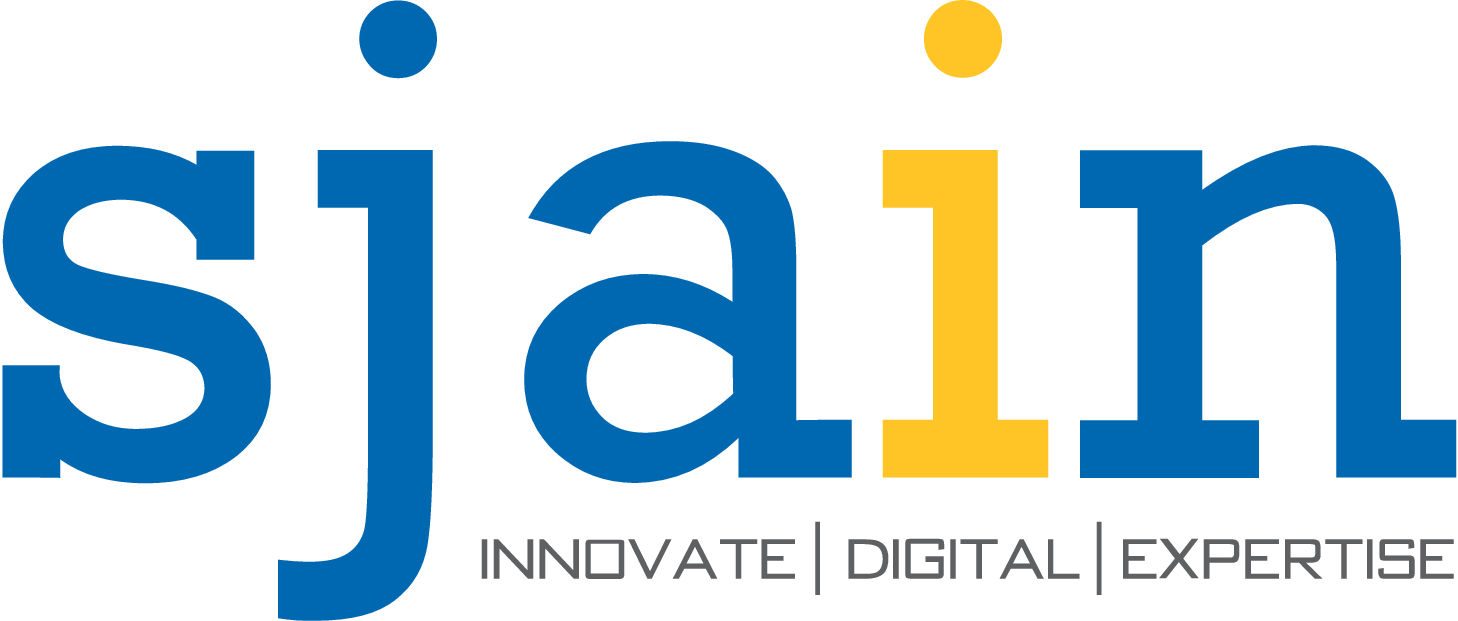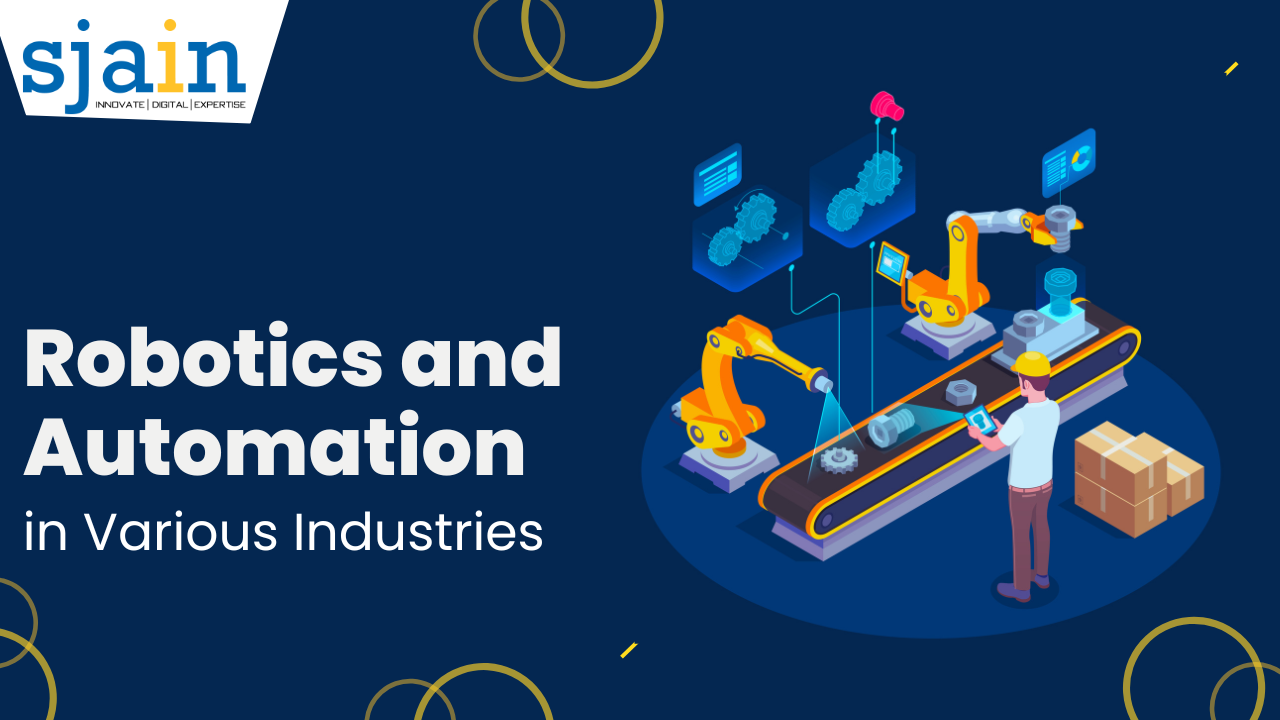Robotics and Automation in Various Industries
Robots and automation have revolutionized numerous industries, transforming the way we work and interact with technology. From manufacturing to healthcare, these technological advancements have paved the way for increased efficiency, productivity, and safety. We will investigate robotics and automation applications in several sectors, emphasizing the advantages and potential future advances.
What are Robotics and Autonomous Systems
Robotics and automation are the use of robots and computers to undertake jobs that were previously performed by humans. These technologies have made significant advancements in recent years, leading to their integration into various industries. By automating repetitive and mundane tasks, robots and automation systems free up human workers to focus on more complex and strategic activities.
Robotics and Automation in Manufacturing
The manufacturing industry has been at the forefront of adopting robotics and automation. Industrial robots can perform tasks with precision, speed, and consistency, leading to improved product quality and higher production rates. Automated assembly lines and robotic arms have revolutionized manufacturing processes, reducing errors and increasing efficiency. Furthermore, collaborative robots, also known as cobots, are designed to work alongside humans, enhancing productivity and safety in manufacturing environments.
Robotics and Automation in Healthcare
Automation and robotics play critical roles in the healthcare business, involving surgery, treatment of patients, and logistics. Robotic surgical systems enable minimally invasive procedures, offering greater precision and shorter recovery times. Automated medication dispensing systems ensure accurate dosages and reduce the risk of human error. Additionally, robots can assist in patient monitoring, physical therapy, and rehabilitation, enhancing the quality of care provided.
Robotics and Automation in Agriculture
Automation has transformed the agriculture industry, leading to increased productivity and sustainable practices. Autonomous agricultural vehicles and drones can perform tasks such as planting, fertilizing, and harvesting crops, reducing the need for manual labor. Robotic milking systems have improved efficiency in dairy farming, while automated monitoring systems optimize irrigation and pest control. These advancements in robotics and automation help meet the growing demands of the global food supply chain.
Robotics and Automation in Logistics and Warehousing
Logistics and warehousing operations have greatly benefited from robotics and automation. Autonomous guided vehicles (AGVs) and robotic pick-and-place systems streamline order fulfillment and inventory management processes. Automated sorting systems and robotic arms increase speed and accuracy in packaging and shipping operations. Warehouse robots, equipped with sensors and navigation capabilities, optimize space utilization and ensure efficient material handling.
Robotics and Automation in Construction
The construction industry has embraced robotics and automation to improve safety, precision, and efficiency in building processes. Robotic bricklayers and 3D printers can construct structures with higher accuracy and at a faster pace. Drones equipped with cameras and sensors aid in surveying and monitoring construction sites. Autonomous vehicles and exoskeletons enhance worker safety and reduce physical strain. These technologies revolutionize the construction industry, reducing costs and project timelines.
Robotics and Automation in Retail
Retailers are utilizing robotics and automation to enhance customer experiences and streamline operations. Autonomous checkout systems, such as self-scanning and cashierless stores, provide convenience and reduce waiting times. Robots can handle inventory management, stock replenishment, and assist in warehouse fulfillment. Additionally, customer service robots can provide information, guide shoppers, and personalize the shopping experience.
Robotics and Automation in Aerospace
The aerospace industry relies on robotics and automation for various applications, including assembly, inspection, and maintenance of aircraft. Robotic systems ensure precise and efficient assembly of complex aerospace components. Drones are used for inspection and monitoring of aircraft structures, reducing the need for human intervention in potentially hazardous environments. Automated systems also facilitate maintenance and repair processes, minimizing downtime and improving safety.
Robotics and Automation in Energy and Utilities
The energy and utilities sector benefits from robotics and automation in several ways. Robotic systems enable the inspection and maintenance of critical infrastructure, such as pipelines and power plants, reducing the risk to human workers. Autonomous underwater vehicles (AUVs) and drones assist in offshore operations, including exploration and maintenance of renewable energy installations. Additionally, smart grid technologies utilize automation to optimize energy distribution and consumption.
Robotics and Automation in Education
The field of education has embraced robotics and automation to enhance learning experiences and promote STEM education. Educational robots, such as programmable toys and humanoid robots, help students develop critical thinking, problem-solving, and programming skills. Immersion and interactive educational environments are provided by virtual reality (VR) and virtual reality (AR) technology. Automation systems also streamline administrative tasks, allowing educators to focus more on teaching.
Robotics and Automation in Entertainment
In the entertainment industry, robotics and automation bring creativity and innovation to performances and attractions. Robotic cameras and motion control systems enable captivating cinematography and special effects in movies and television productions. Animatronics and robotic characters enhance theme park experiences, creating lifelike and interactive environments. These technologies push the boundaries of entertainment, immersing audiences in new and exciting worlds.
Robotics and Automation in Security
Security systems benefit from robotics and automation, ensuring efficient surveillance and threat detection. Autonomous drones and robotic guards provide real-time monitoring of critical areas, enhancing security measures. Automated access control systems streamline entry processes, improving both convenience and safety. The integration of artificial intelligence (AI) further enhances the capabilities of security robots, enabling intelligent analysis and response to potential threats.
Robotics and Automation in the Automotive Industry
The automotive industry has witnessed significant advancements in robotics and automation. Robotic assembly lines and automated welding systems improve manufacturing efficiency and product quality. Autonomous vehicles, such as automated cars and trucks, have the ability to revolutionize transportation by improving safety and lowering congestion. Furthermore, robotics and automation contribute to the development of electric vehicles and battery manufacturing.
Robotics and Automation in the Food Industry
Automation has revolutionized the food industry, addressing challenges related to production, processing, and distribution. Robotic systems can handle food packaging, labeling, and quality inspection with speed and precision. Automated sorting and grading systems optimize the quality and efficiency of food processing. Additionally, robotics and automation facilitate the implementation of vertical farming and hydroponics, enabling sustainable and controlled cultivation of crops.
Robotics and Automation in the Future
The future of robotics and automation holds immense potential for further advancements and integration into various industries. Intelligent machines, machine learning, and sensor technology advancements will continue to fuel innovation. We can expect to see more sophisticated robots with advanced capabilities, increased collaboration between humans and robots, and expanded applications in fields we have yet to imagine.
Conclusion
Robotics and automation have transformed multiple industries, offering increased efficiency, productivity, and safety. From manufacturing and healthcare to agriculture and entertainment, these technologies continue to revolutionize the way we work and interact with technology. As advancements continue to unfold, embracing robotics and automation will be crucial for businesses to remain competitive and adapt to the changing landscape of the future.

